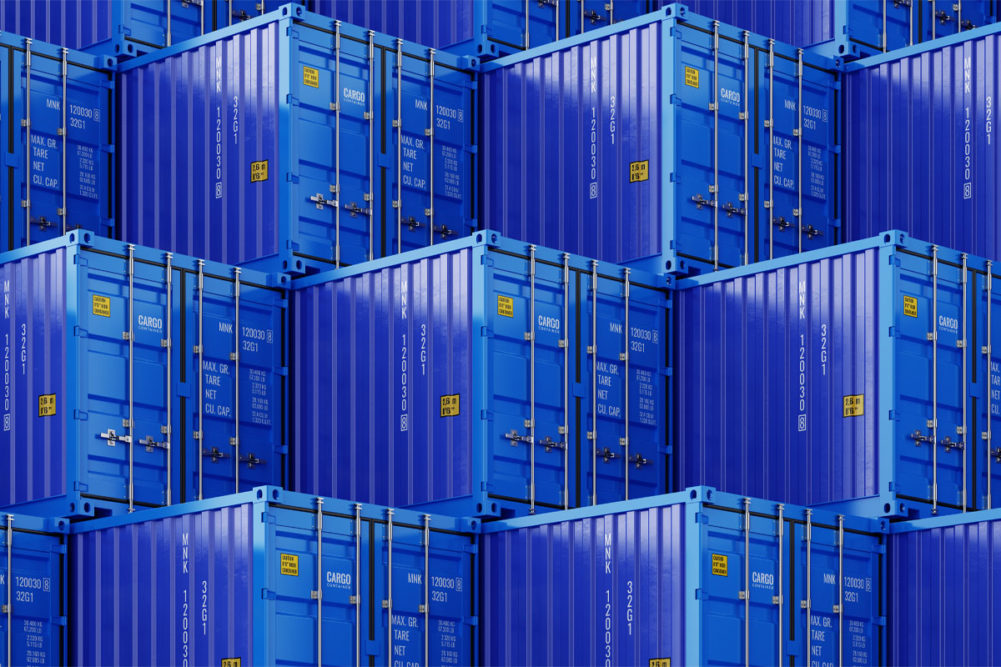LA QUINTA, CALIF. — Conditions at US ports and for freight moved by truck have improved from COVID “chaos,” but challenges remain for rail shippers, speakers said Feb. 28 at the International Sweetener Colloquium.
“We’re back to normal after two or three years of chaos,” said Marcel van Dijk, cargo marketing manager, The Port of Los Angeles, adding that conditions already were softening on the West Coast, although he noted that more ships were being routed through the Panama Canal to the Gulf and East Coast due in part to the unsettled labor situation in the West. The threat of a strike by more than 22,000 maritime union members working without a contract since July 1 appears to have eased as both parties (the Pacific Maritime Association representing employers and the International Longshore and Warehouse Union representing workers) said talks were ongoing and have indicated progress and an intention to reach an agreement. He said The Port of Los Angeles had made improvements and was in the process of making more changes to speed container movement out of the port by trucks.
Jim Ritchie, president and chief executive officer, RedStone Logistics, said there was more capacity in the truck freight market since COVID, but the question was “will it get put to use effectively?” He noted that the industry had more drivers than before the pandemic as higher rates translated into higher salaries that attracted more drivers. As driver salaries increased, he said, drivers chose to reduce driving hours to improve lifestyle rather than to drive more. He noted that a truck driver shortage has been an issue for 20 years, in part because driver salaries lagged increases seen in other blue-collar jobs.
“Who doesn’t want to leave home for three weeks and live in your car,” Mr. Ritchie asked sarcastically, referring to the challenge of attracting younger people to drive trucks, noting efforts to lower the minimum interstate truck driver age to 18 and changes in immigration policy, both of which were “by no means settled yet.”
While there have been improvements in port performance and truck freight capacity since COVID, railroads remain challenged.
Jill Brubaker, executive director, Rail Customer Coalition, said rail freight issues persist, in part due to a lack of competition as many locations served by rail are “captive” to a single carrier and there was “no competitive pricing.” She noted that labor issues remained after railroads laid off about 30% of their workforce during COVID and many workers weren’t returning to work despite railroads’ “working hard to get employees back.” She said rail service was hampered by railroads’ attempts to “create record profits” for shareholders.




